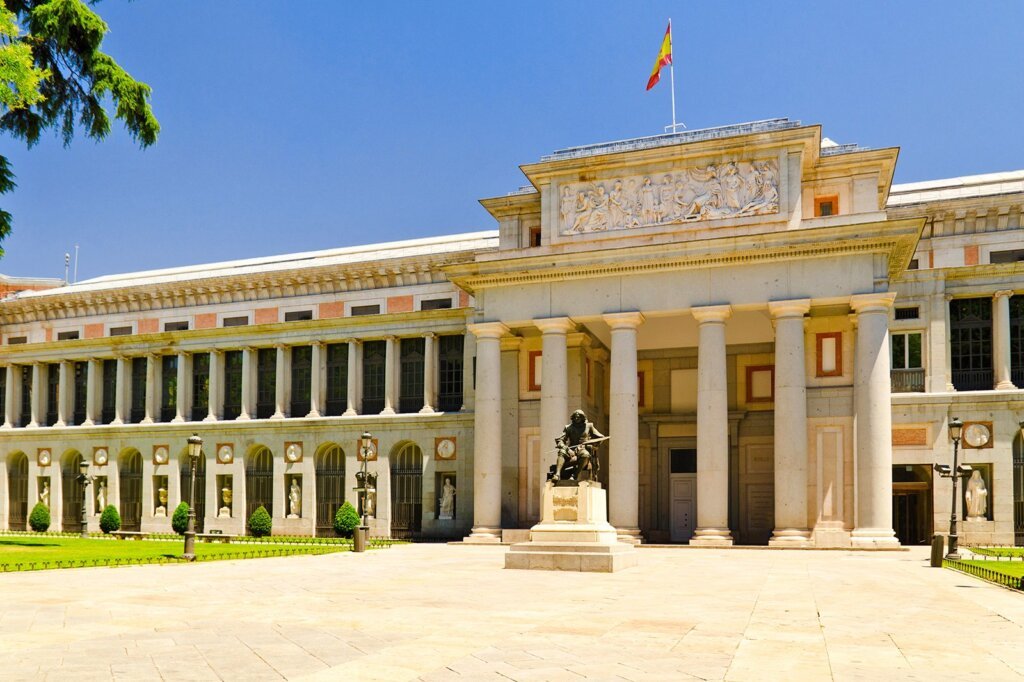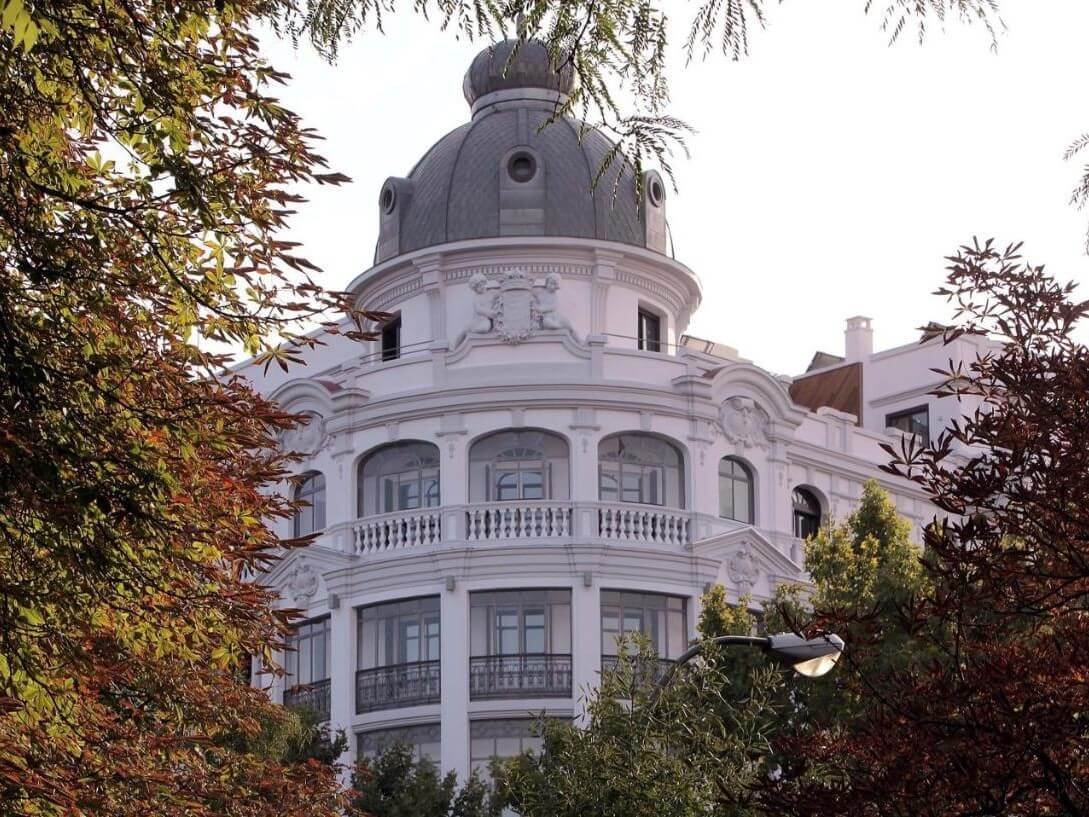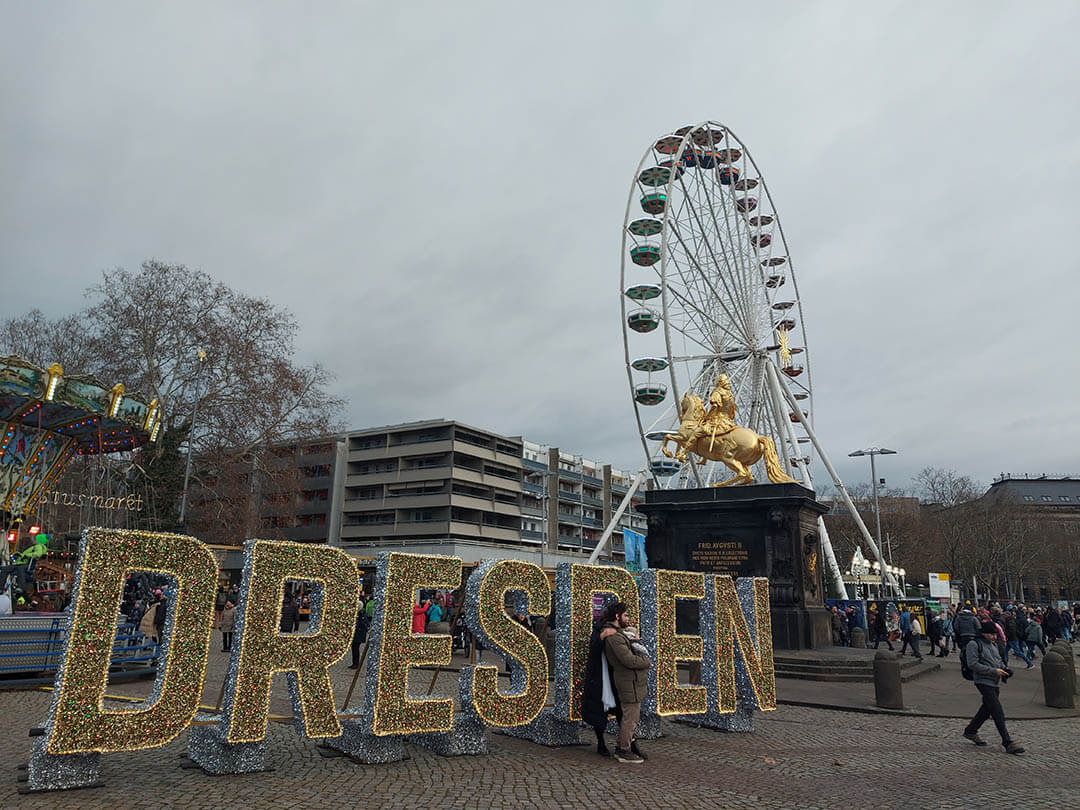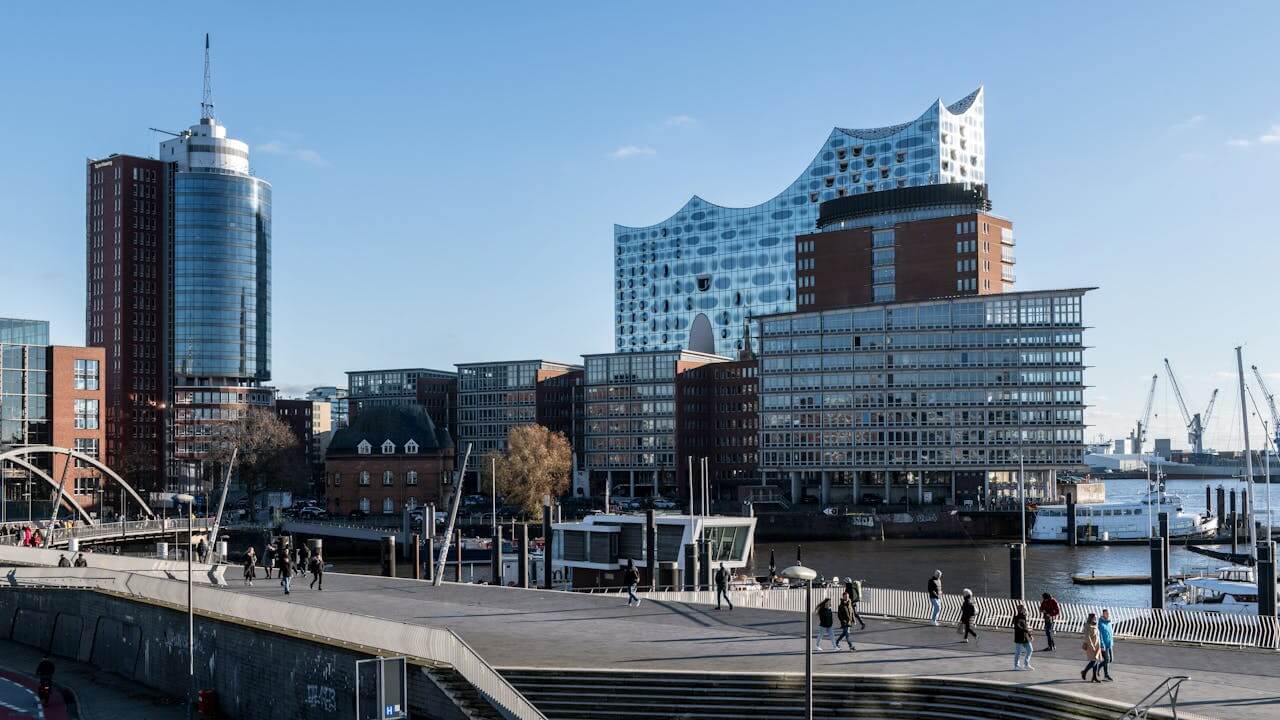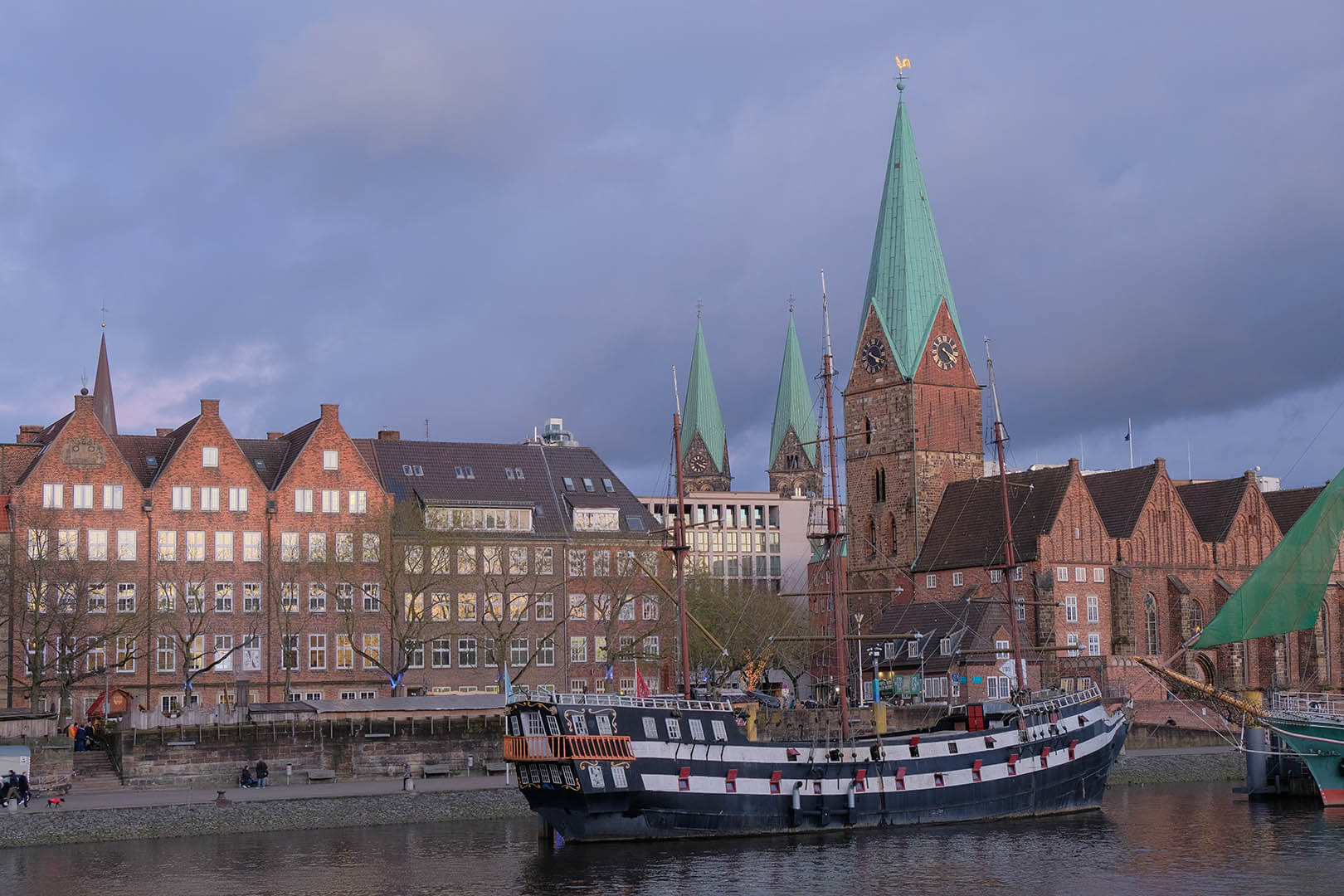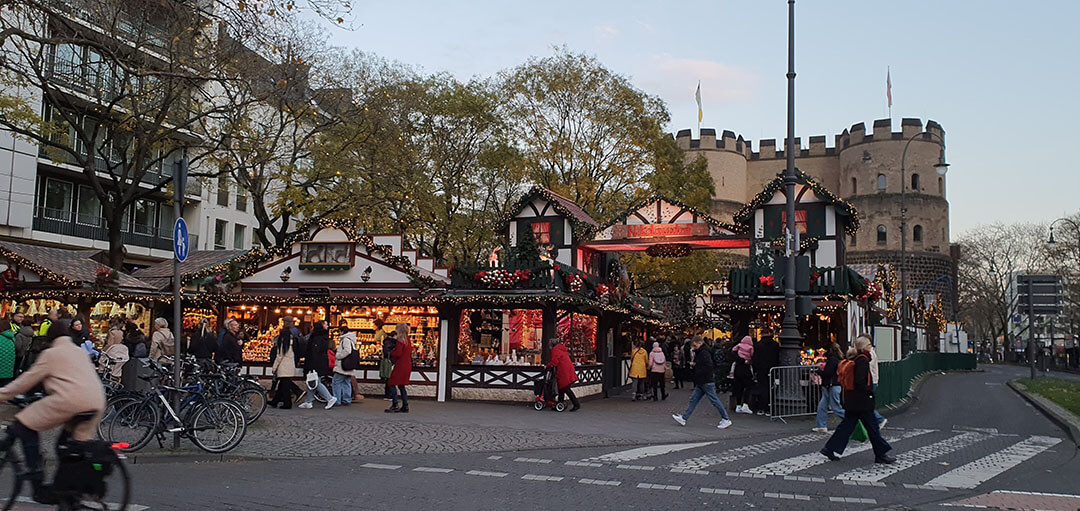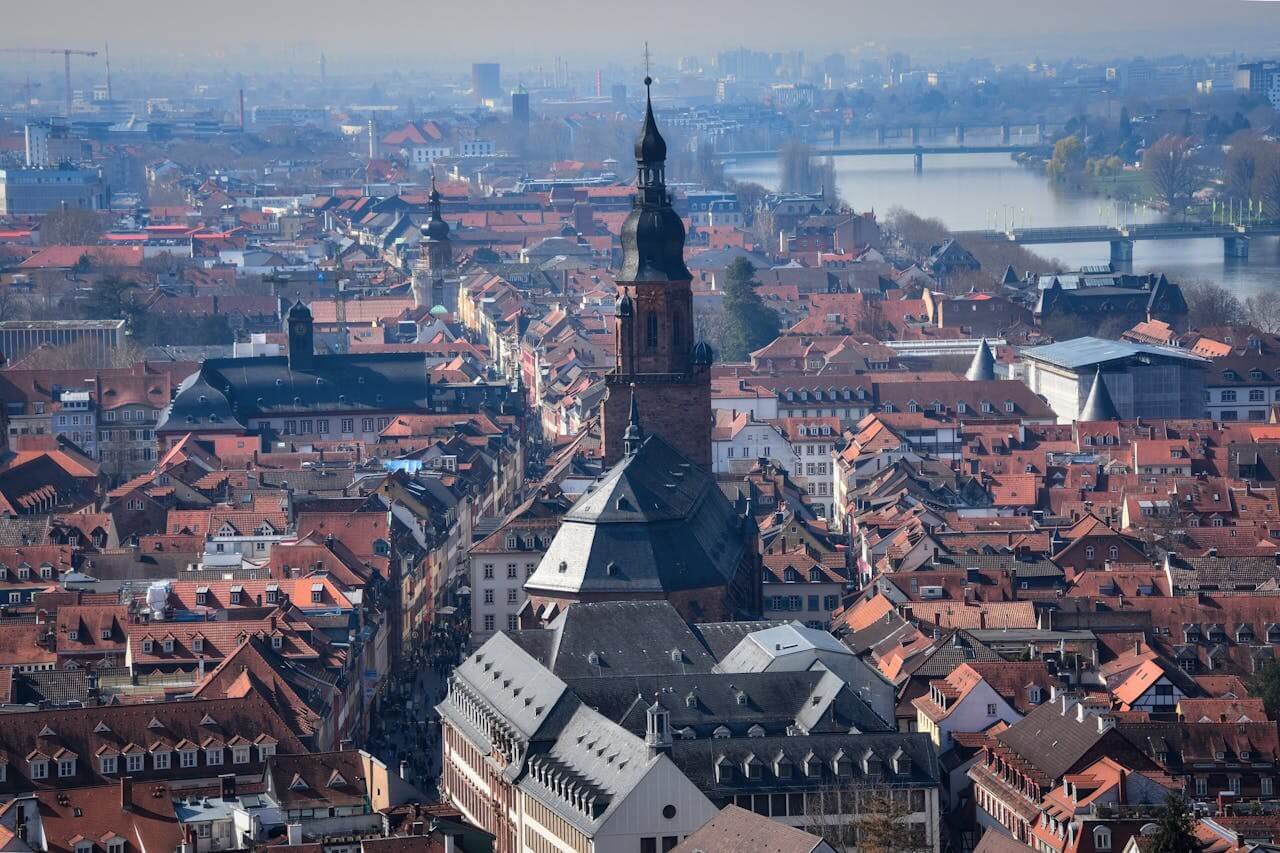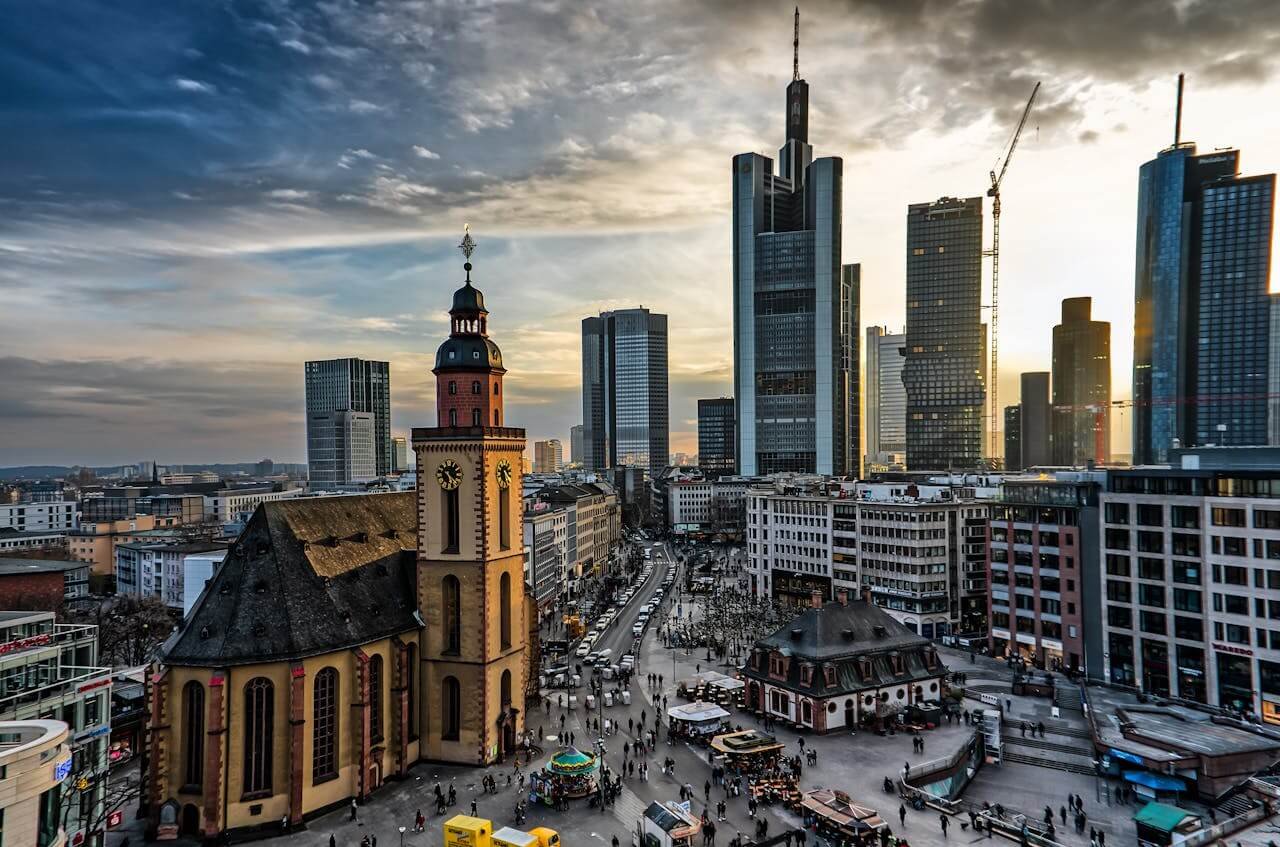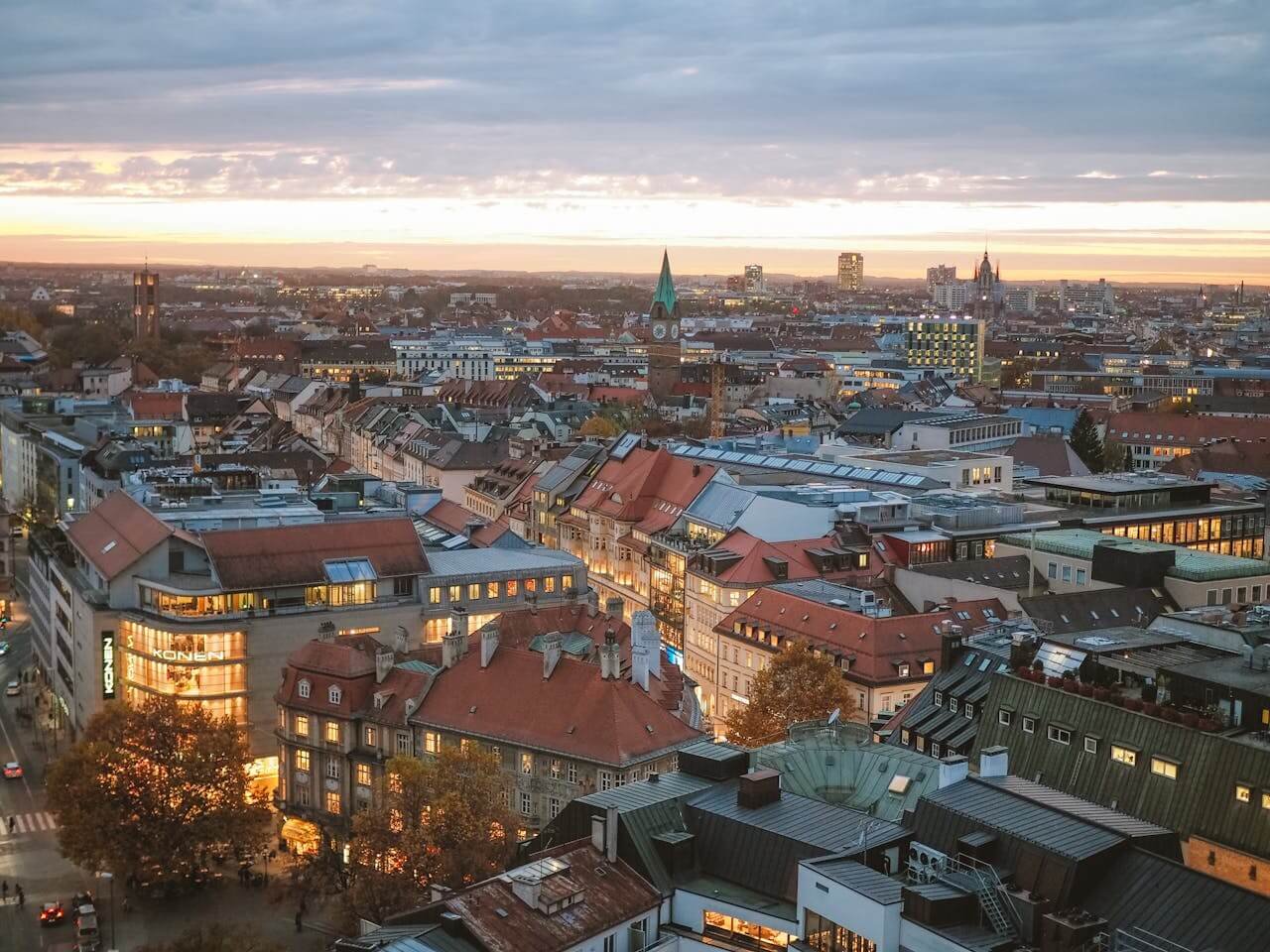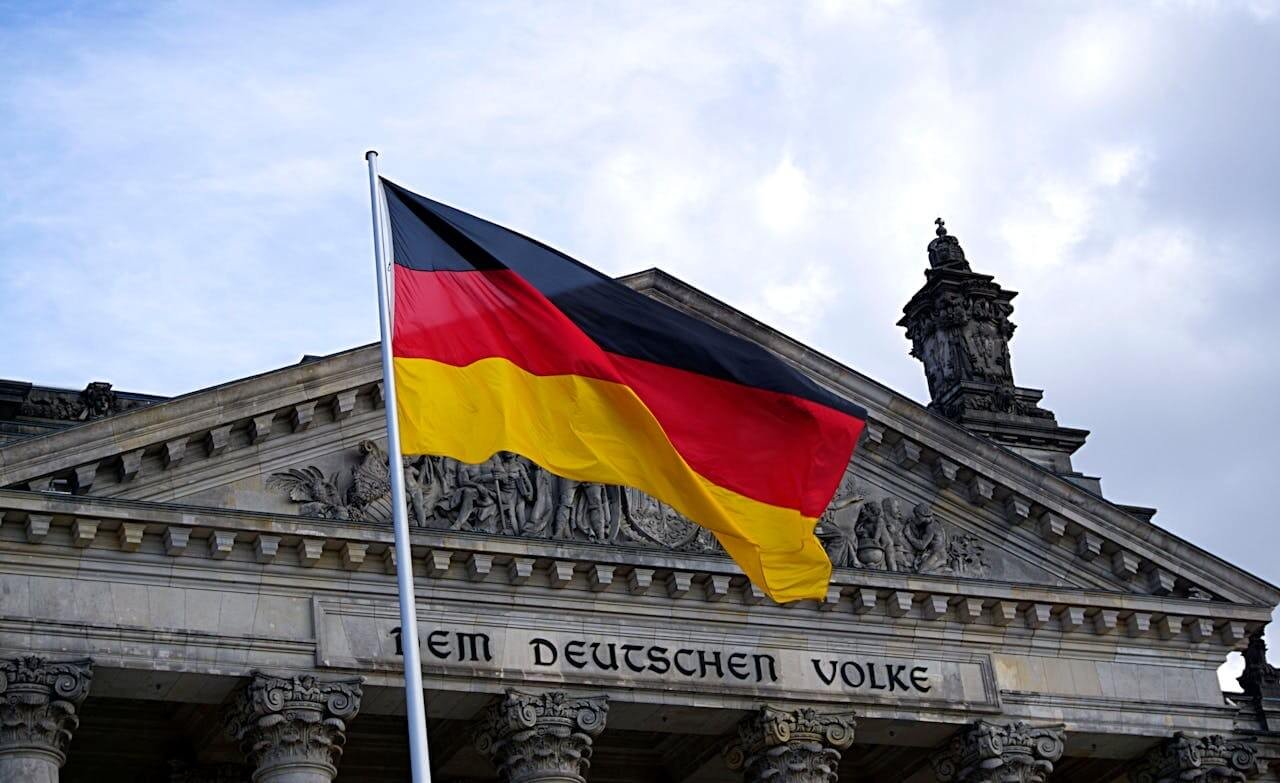The Prado Museum is one of Madrid’s museums you should visit. It is known worldwide for its exceptional collection of artworks. Prado Museum houses one of the most extensive and significant collections of European art from the 12th to the 19th century. The museum’s masterpieces span various artistic movements, styles, and periods, showcasing the works of famous artists who have shaped the course of art history. Here are some of the main Prado Museum masterpieces:
Las Meninas (The Maids of Honor) by Diego Velázquez
Diego Velazquez was a Spanish court painter, his painting style was Baroque. Las Meninas is one of his famous artworks, and was created in 1656.
Considered one of the most iconic paintings in Western art, this masterpiece by Velázquez is a complex and enigmatic work. It depicts a group portrait of the Spanish royal family, with the young Infanta Margarita at the center. The painting is known for its technical brilliance, subtle use of light and shadow, and the artist’s ability to capture the essence of each character.
I like Las Meninas because of its unusual and interesting style for group portraits: King and Queen in the reflection of the mirror, Intanta in the center surrounded by her maids, to the rear and at right stands Don José Nieto Velázquez, the queen’s chamberlain. And the painter with the brushes is Velazques himself, so it’s a self portrait too. It seems like Velazques captured the moment, like a photo. This is brilliant.
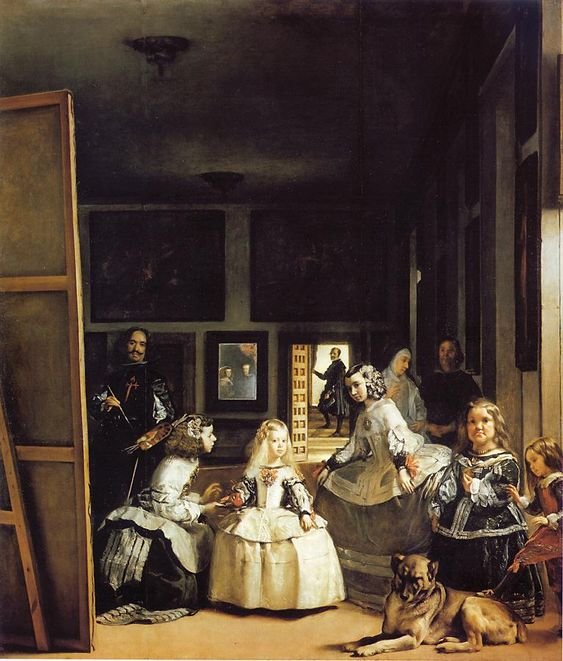
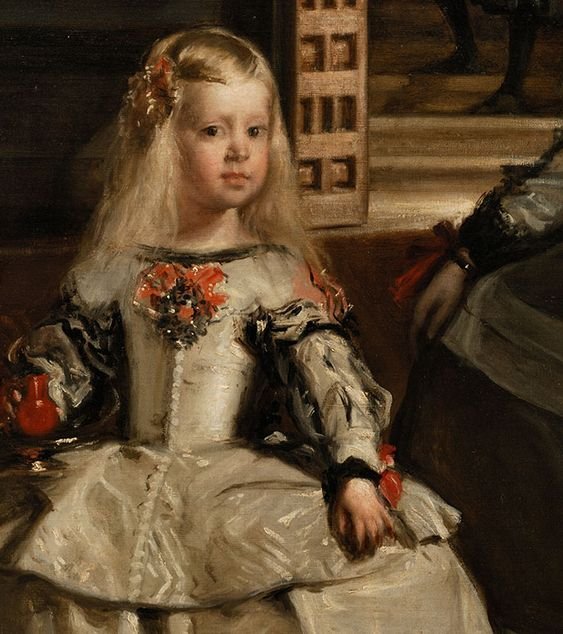
The Garden of Earthly Delights by Hieronymus Bosch
Hieronymus Bosch was a Dutch painter from Brabant. His painting style was a blend of Gothic and Early Renaissance influences. And also the Northern Renaissance. The most notable of his works is The Garden of Earthly Delights made between 1490 and 1510.
This triptych by Bosch is a fascinating and surreal depiction of humanity’s moral and spiritual journey. The painting is divided into three panels, with each panel representing a different stage of human existence — from the Garden of Eden to earthly pleasures and finally to hell. The intricate and fantastical details make it a mesmerizing artwork to explore.
The work is very detailed and symbolic. For example there is an owl sitting on the throne with a pot the head on the hell panel at the bottom, in the ancient times owls were symbols of the devil. The owl-devil eats sinners, the pot on the head means stupidity.
There is something surrealistic in the work of Bosch, that reminds me of Salvator Dali art. Usually there are a lot of people around this painting, maybe it is worth checking the busy hours of the museum to see it all with less interruptions.

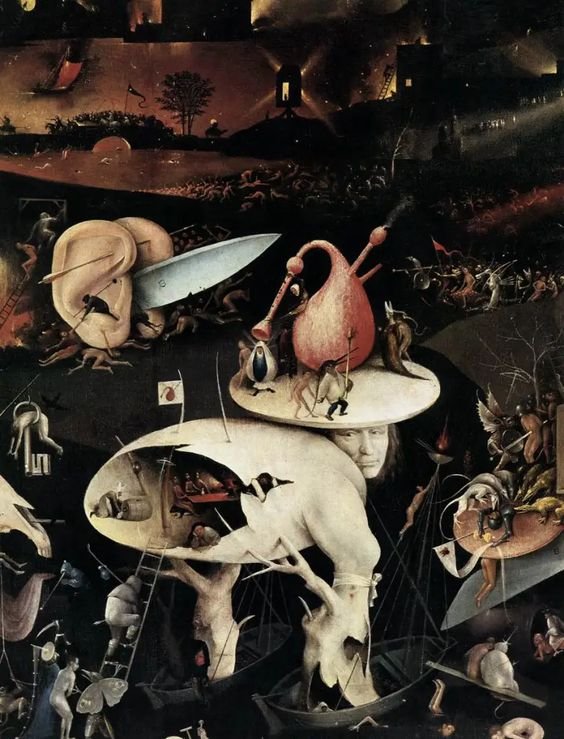
The Annunciation by Fra Angelico
Fra Angelico, also known as Beato Angelico or Angelic Brother, was an Italian painter of the Early Renaissance. Fra Angelico’s delicate and ethereal representation of the Annunciation is considered one of the most beautiful religious paintings of the Early Renaissance, in the 1420s.
The scene portrays the moment when the angel Gabriel announces to the Virgin Mary that she will conceive the Son of God. The painting’s serene composition, vivid colors, and meticulous attention to detail reflect the artist’s devotion and skill.
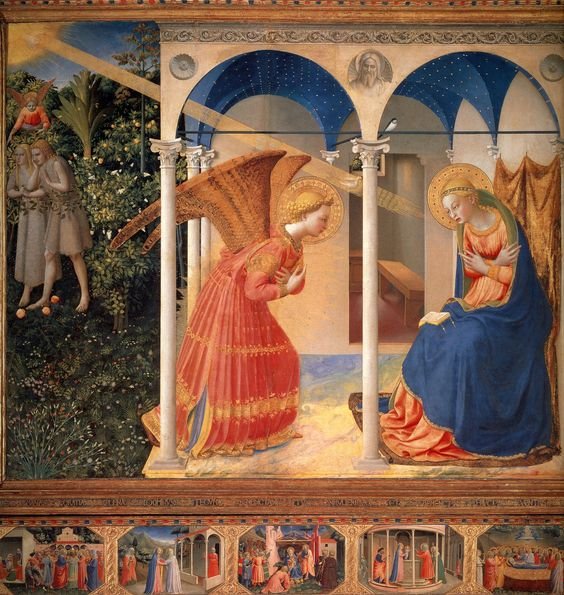
Saturn Devouring His Son by Francisco Goya
Francisco Goya was a Spanish painter and printmaker considered one of the most influential artists in the transition from the 18th-century Rococo style to the Romantic era.
Part of Goya’s “Black Paintings” series was painted between 1819 and 1823, this disturbing and haunting work is a representation of the mythological tale of Saturn devouring his children. The artwork refers to the Spanish Revolution, and Goya as a patriot couldn’t miss it. The painting reflects Goya’s dark and introspective period, depicting raw human emotion and the horrors of human nature.
The rawness and intensity of this piece make it a striking and unforgettable artwork. Interesting fact that this painting is named after the death of Goya and not before. Saturn Devouring his Son is philosophical work that moves towards modern art.
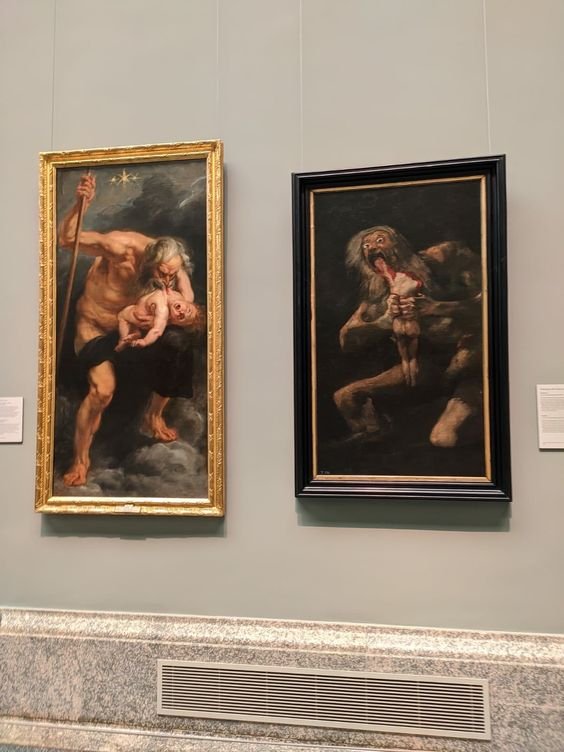

The Third of May 1808 by Francisco Goya
Another significant work by Goya “The Third of May 1808” was painted in 1814. This painting portrays the execution of Spanish civilians by French soldiers during the Peninsular War.
The artwork is known for its emotional impact and the artist’s ability to capture the brutality of war and the suffering of innocent people. It serves as a powerful critique of violence and oppression. When you see this artwork, you feel the tension, the moment before the shot. Light shirt of the Spanish man brings your attention to the main character, and you easily understand his emotions at this moment.
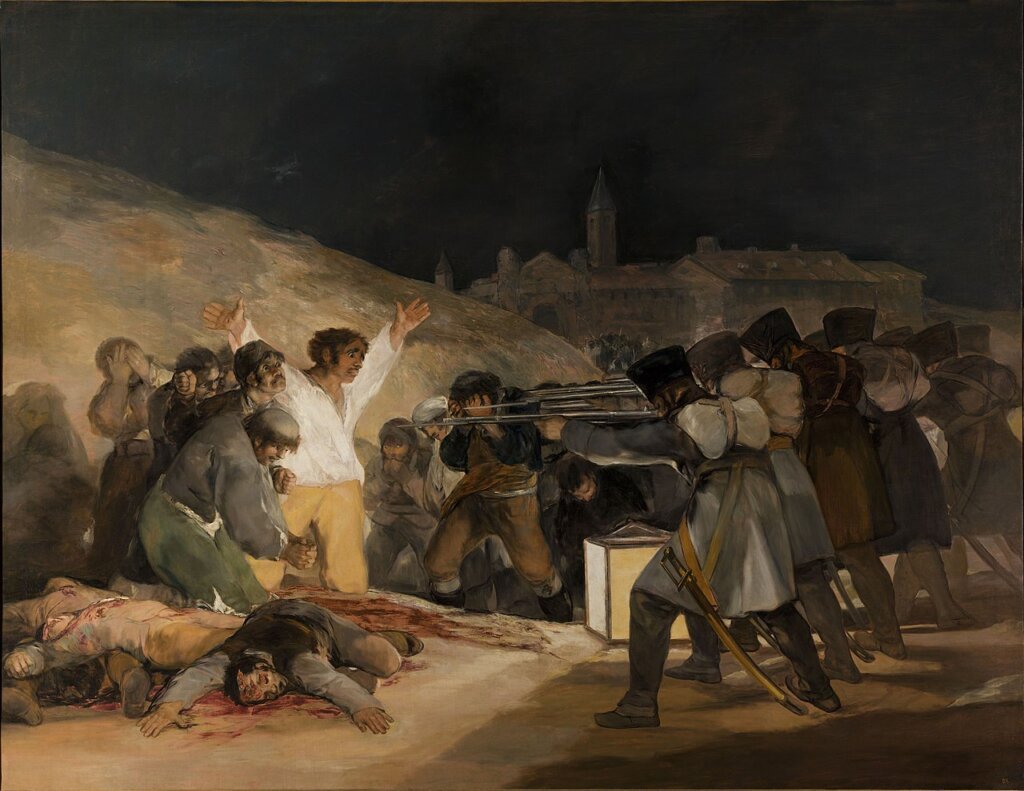
These are just a few examples of the numerous masterpieces housed within the Prado Museum. The museum also features works by famous artists such as Titian, Rubens, El Greco, Bosch, Caravaggio, and many others. With its rich and diverse collection in the Prado Museum, you will have a remarkable journey through the history of European art.
Read about things to do near Prado Museum here.
Visit official site to book your ticket.

